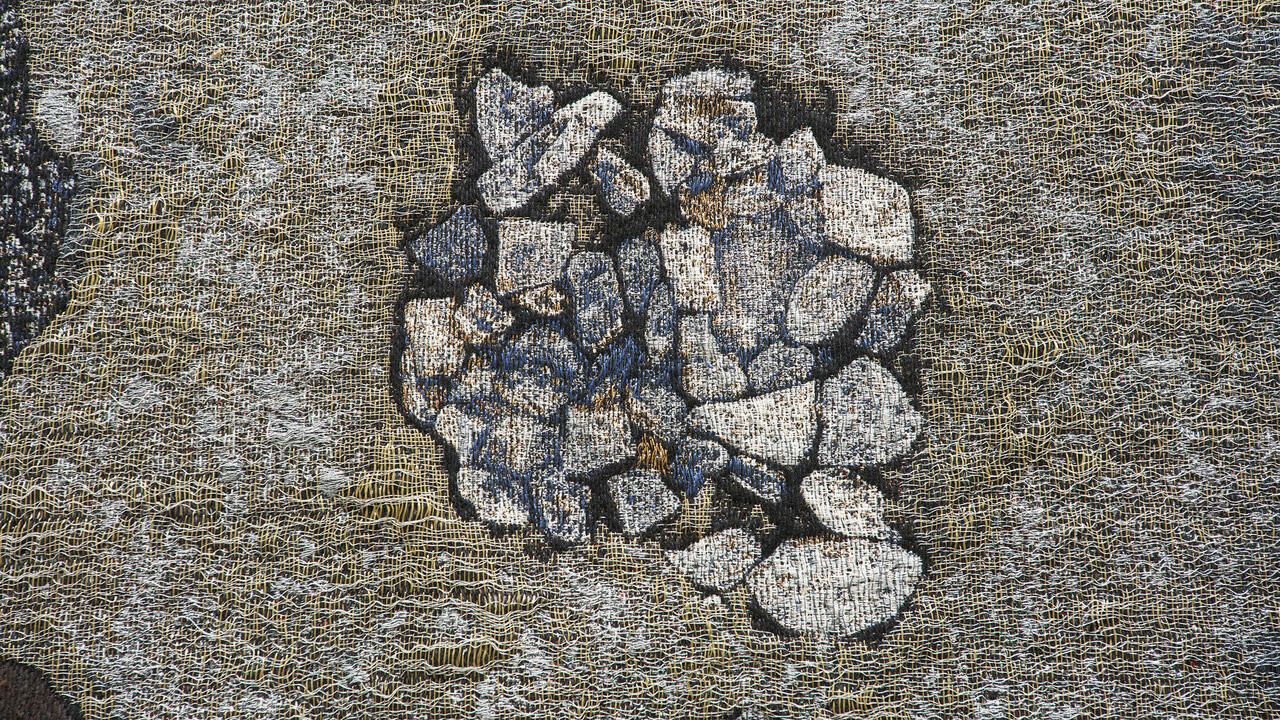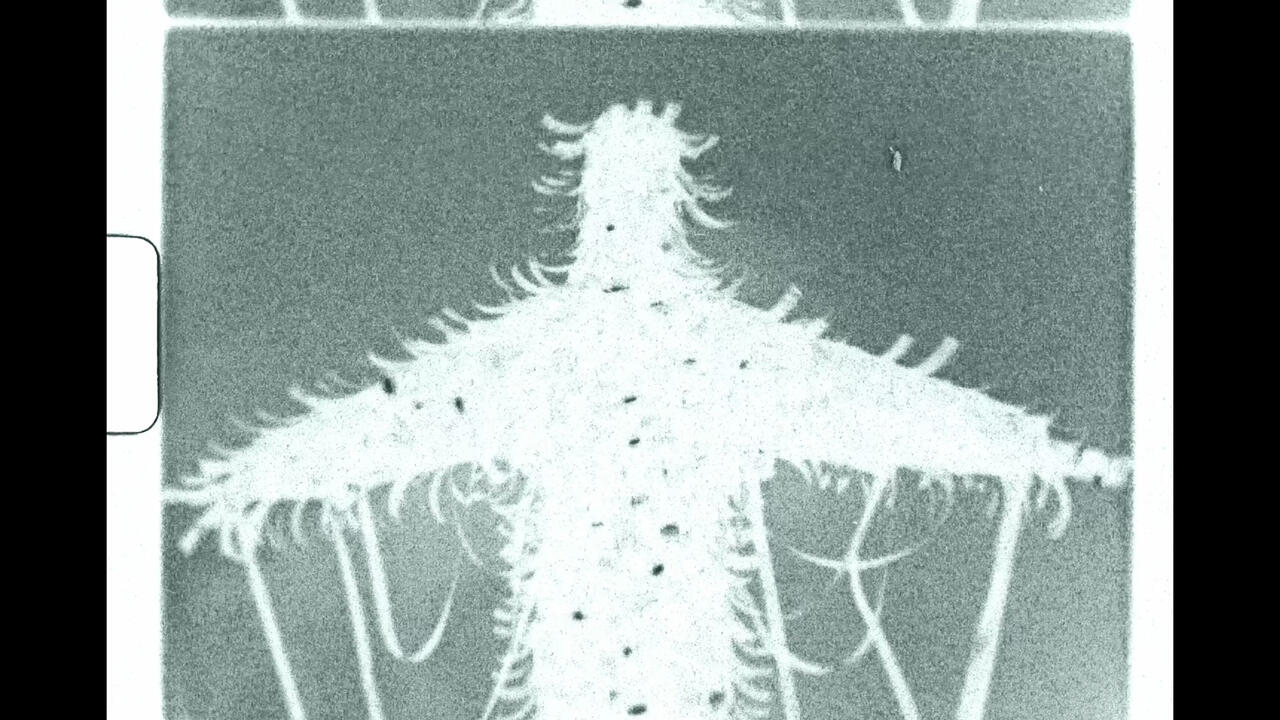Laurie Anderson’s Chorus of Stories
At the Hirshhorn Musuem, Washington, D.C., the artist presents new and recent works that employ storytelling as its primary medium
At the Hirshhorn Musuem, Washington, D.C., the artist presents new and recent works that employ storytelling as its primary medium

The strangely idiosyncratic sentence‘I dreamed I had to take a test in a Dairy Queen on another planet’ appears twice in ‘Laurie Anderson: The Weather’, an expansive exhibition of the artist’s works across different genres and mediums: once in a text-based wall painting and, again, in an archival image, as a part of a backdrop from Anderson’s 1986 concert film Home of the Brave. The statement’s tone and implied sense of narrative illuminate many of the elements that recur across the artist’s decades of creative output, in fields that include performance art, recorded music and experimental opera. But more than anything else, perhaps, it makes clear that, regardless of the tools she employs, stories are Anderson’s primary artistic medium.
For this reason, ‘The Weather’ is not quite a retrospective in the conventional sense: it doesn’t reverentially catalogue the artist’s best-known works in a pat, chronological fashion. Instead, most of the exhibition, which takes up the Hirshhorn’s entire second floor, is comprised of new or recent works by Anderson, including a gallery of large-scale abstractions – the first paintings she has made in decades – and an environmental installation that materializes the 2017 virtual reality work Chalkroom, a collaboration between Anderson and Taiwanese artist Hsin-Chien Huang.

Although language is a pervasive theme throughout the exhibition, Chalkroom (2017/2021) ups the ante, fully immersing the viewer in fields of white, all-caps text painted on the gallery’s black walls and floor, scattered like linguistic constellations. As your consciousness traces these unfurling non sequiturs, the overall impression is one of accompanying the artist through an acid trip punctuated with aphoristic insights – an experience that could easily be insufferable but, in Anderson’s hands, feels alive with the possibilities of the present moment. These phrases include what appear to be Anderson’s notes to herself: ‘Try to practice how to feel sad without actually being sad’ or ‘If you think technology will solve your problems, then you don’t understand technology – and you don’t understand your problems.’
In addition to the text, the wall and floor paintings of Chalkroom incorporate loosely rendered figures and other illustrations, and the installation also features four sculptures. These include The Witness Protection Program (The Raven) (2020), a larger-than-life, glossy fibreglass sculpture of the titular bird that evokes the poetry of Edgar Allan Poe, and My Day Beats Your Year (The Parrot) (2010/2021), another avian sculpture that speaks intermittently with a computer-generated voice. Elsewhere, the exhibition highlights some of Anderson’s earlier, better known technological experiments and musical inventions, including a tape-bow violin used to manipulate recorded audio, and a baton-like ‘talking stick’ used in her multimedia opera Songs and Stories from Moby Dick (1999).

The recontextualized presentation of Anderson’s installation Habeas Corpus – originally mounted at the Park Avenue Armory in 2015 – provides one of the exhibition’s most moving displays of the artist’s technical wizardry and ongoing interest in challenging America’s militarized systems of domination. Beneath an oversized disco ball, a video is projected onto a five-metre-tall sculpture of a seated human form, and we hear a recorded interview with Mohammed el Gharani, who was sent to Guantánamo Bay in 2002, aged just 14. In the video, Gharani tells stories about his detainment, becoming animated at some points and, at others, pausing in opaque reflection. At the Hirshhorn, a building located amid the nationalistic pageantry and tourist commercialism of Washington’s National Mall, Habeas Corpus feels radical not because of its experimental format but because of the tenderness and humanity with which it retells the story of someone caught up in a dark and disturbing chapter of American history. Through its polyphonic chorus of stories and nuanced complications of national narratives, ‘The Weather’ demonstrates that, for Anderson, there is no contradiction in being both a pioneering figure of the avant-garde and an artist who is quintessentially American.
‘Laurie Anderson: The Weather’ is on view at the Hirshhorn Musuem, Washington, D.C., USA, until 22 August.
Main image: Laurie Anderson and Hsin-Chien Huang, Chalkroom, 2017, installation view, Hirshhorn Museum, Washington, DC, 2021. Courtesy: the artist and Hirshhorn Museum and Sculpture Garden, Smithsonian Institution, Washington, DC; photograph: Ron Blunt
























